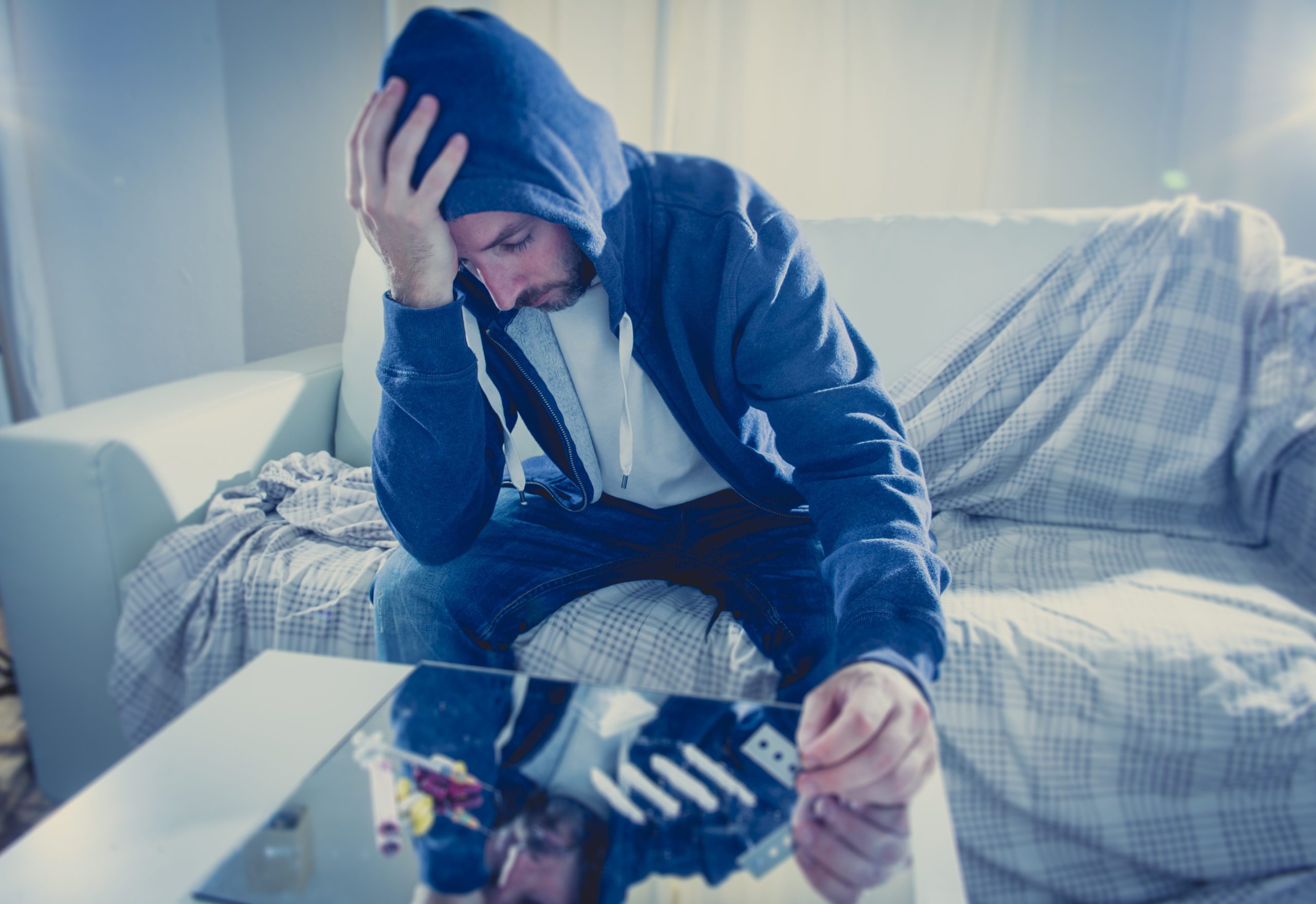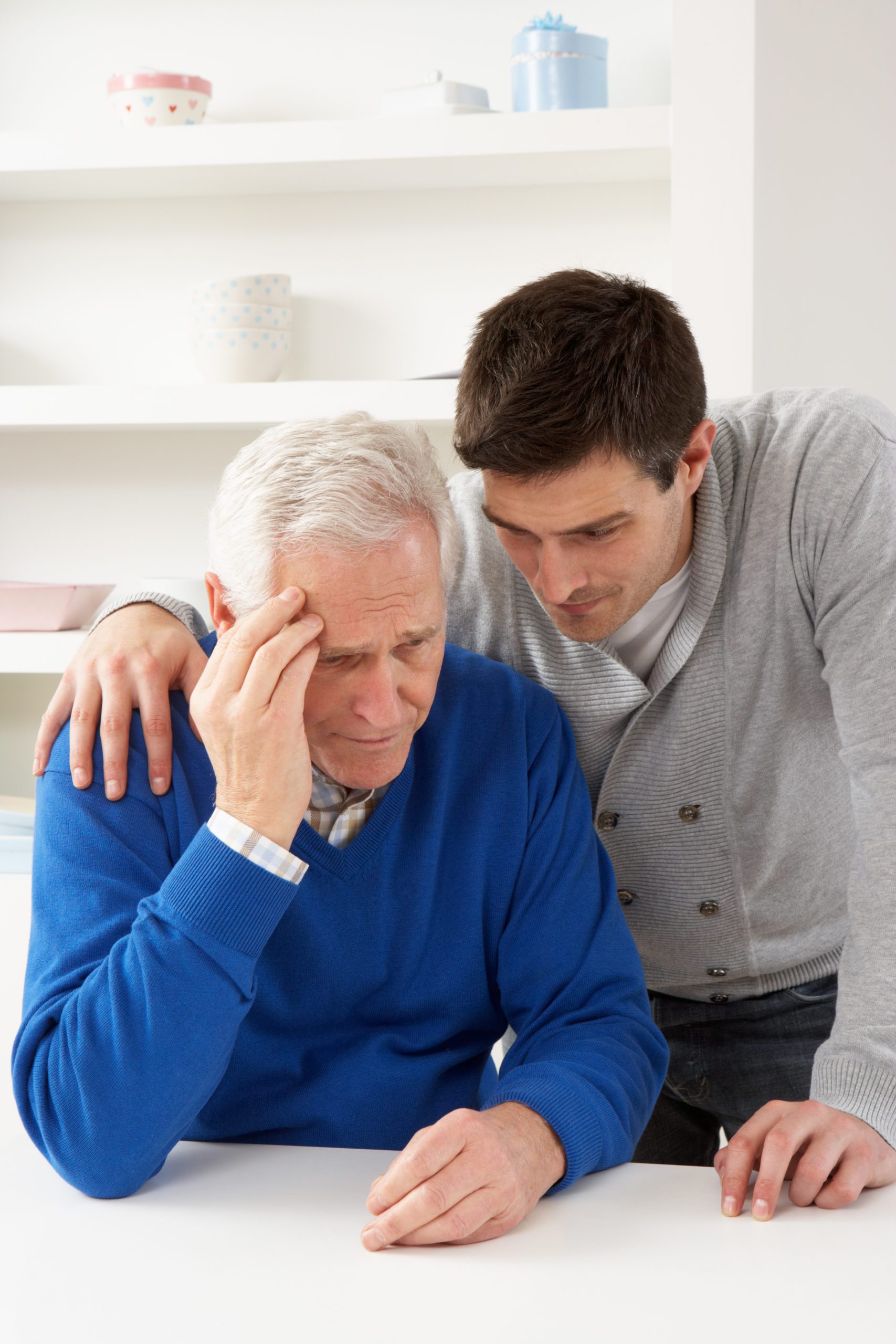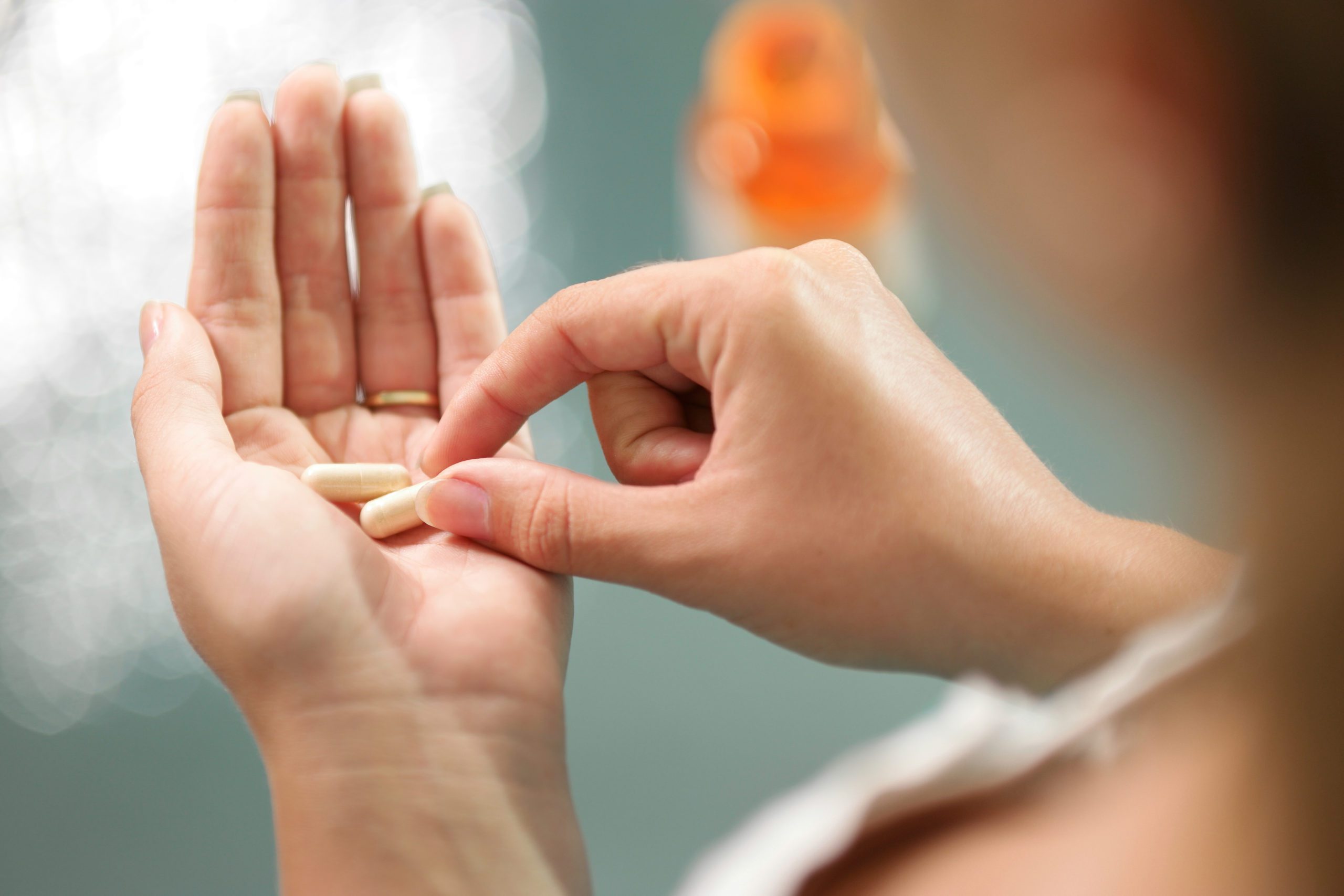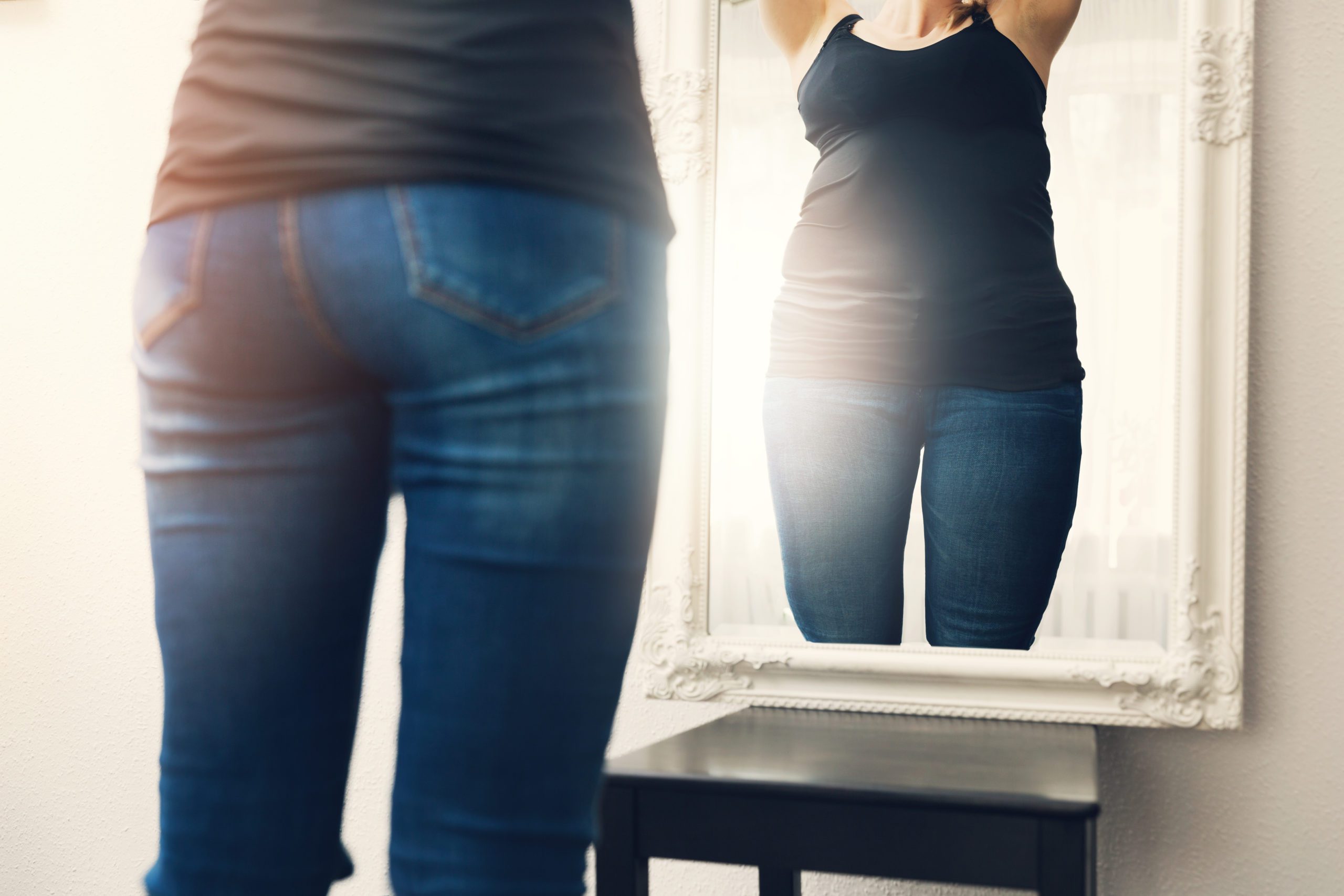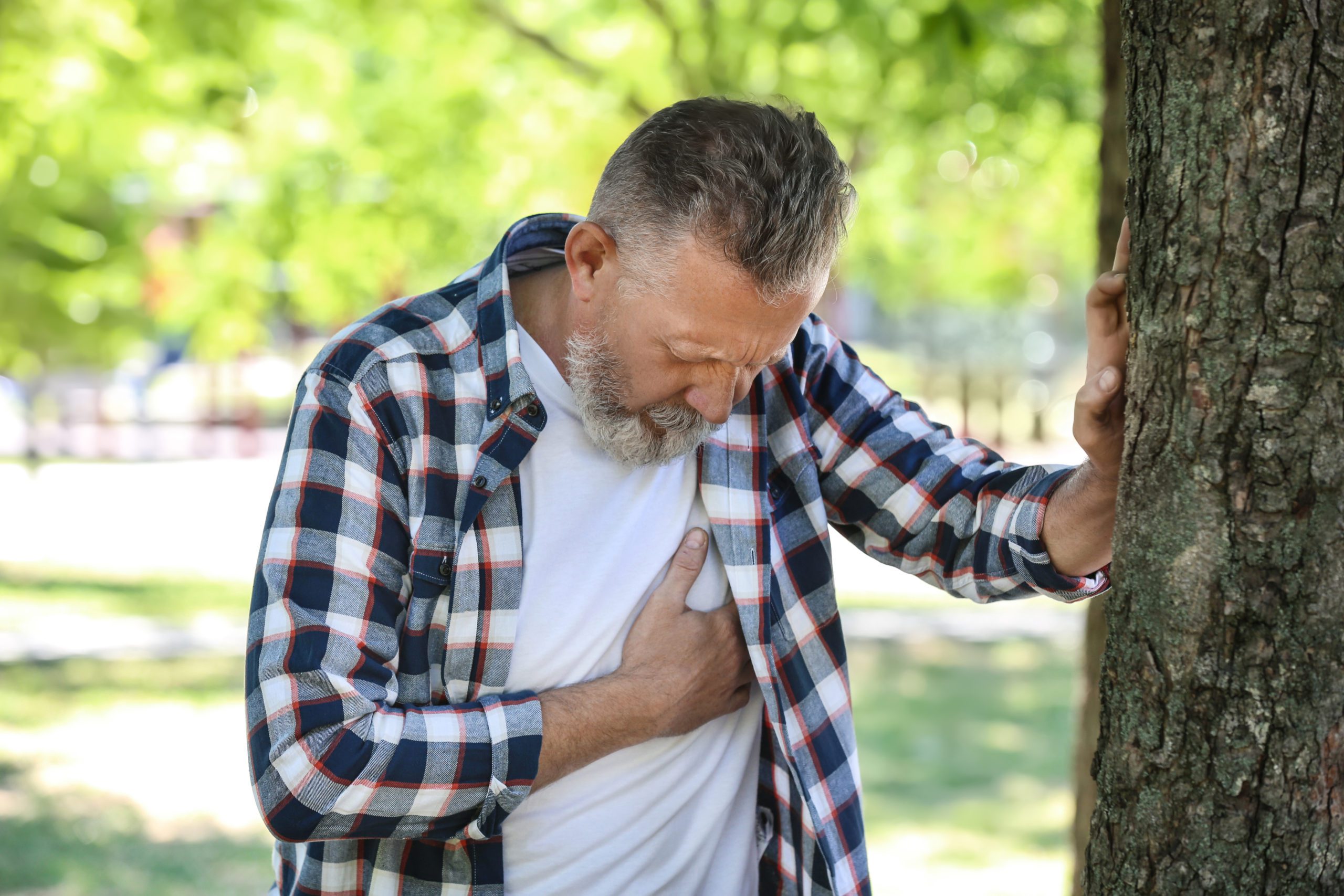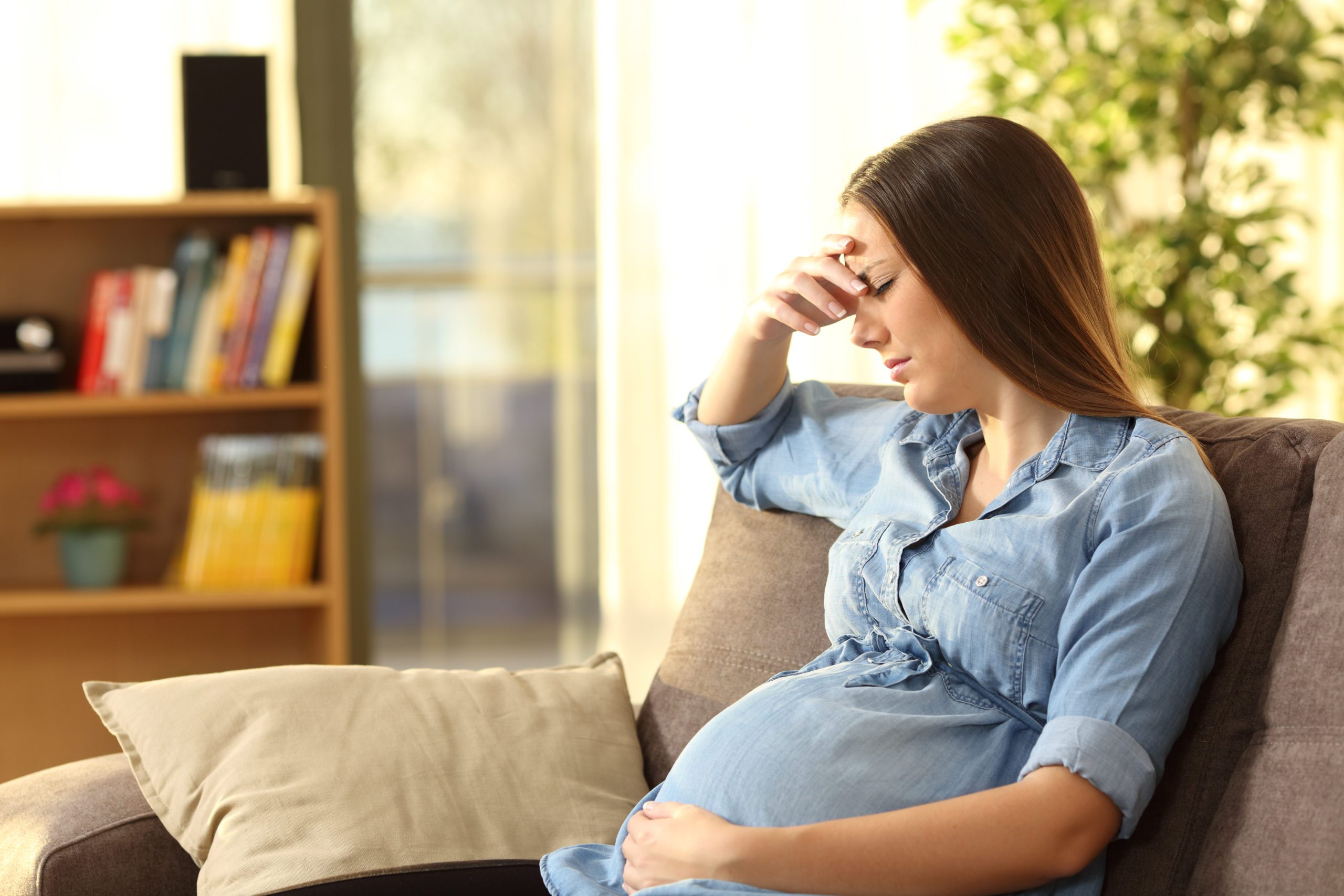Though opioids are taking center stage in the world of addiction headlines, it is worth noting that several other drugs are wreaking havoc on this country as well. Cocaine, in particular, is responsible for a sharp uptick in U.S. overdose deaths. In fact, according to newly released statistics, the number of cocaine-related fatalities has shot up by more that 50 percent within the last three years.
These new figures come from The Centers for Disease Control and Prevention (CDC), which tracked coke overdoses, as well as those caused by other pyschostimulants. What makes these findings even more troubling is the fact that cocaine use hasn’t necessarily increased dramatically (though it is still a common practice). The truth of the matter is that street coke has simply become more deadly, thanks to the presence of synthetic opioids; which are commonly mixed into batches.
The CDC reps emphasized this point after releasing the study. “Death rates involving cocaine and psychostimulants, with and without opioids, have increased,” they explained. “Synthetic opioids appear to be the primary driver of cocaine-involved death rate increases, and recent data point to increasing synthetic opioid involvement in psychostimulant-involved deaths.”
The sad fact is: when drugs like this are purchased on the streets, users have no real idea about the harmful chemicals that are often mixed in. Not only are the synthetic opioids extremely dangerous and more likely to cause an overdose, they are also highly addictive; encouraging buyers to come back and purchase larger quantities.
The CDC authors concluded their research with a call to action, encouraging local officials to bring more attention to this issue. Much of the public is unaware of just how dangerous cocaine is, compared to its potency several decades ago. Not only that; according to a recent expose by NBC News, coke can be considered “chic” among millennials and young people.
Daniel Raymond, deputy director of The Harm Reduction Coalition, was interviewed for the NBC article. He emphasized the fact that coke continues to have a certain allure and is often thought of as a “party drug.”
“Certain drugs seem to go in and out of style,” Raymond told the site. “Right now we’re seeing an uptick in cocaine use, and we’re hitting that point in the cycle where we’re starting to see more fatal overdoses.”
If you, or anyone you are close to, is struggling with a cocaine addiction, please reach out and get help before it’s too late.

